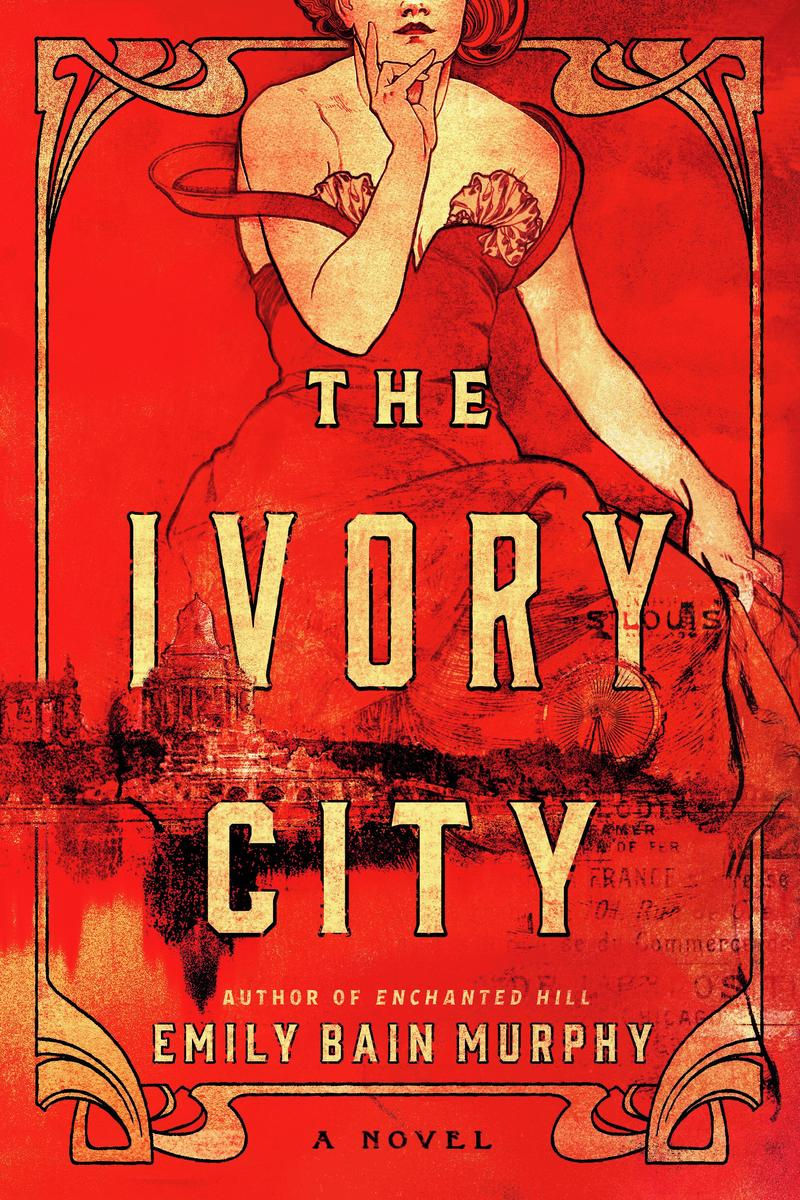"Whiskey Tender" | Reviewed by Pat Sainz
- cstucky2

- Mar 3, 2024
- 3 min read
Author Deborah Taffa was a resident of Wildwood and the Central West End, graduated with a degree in Creative Writing from Webster University in 2010, and taught Creative Nonfiction writing at Webster University and Washington University. (Admirably, she began her education while she was also mothering five young children in Wildwood in 2007.) Now, she is the director of the MFA in Creative Writing program at the Institute of American Indian Arts in Santa Fe, New Mexico.
Taffa has written a memoir of a Native American girl growing up in Arizona and New Mexico. Taffa was born in 1969 to a Quechan (Yuma) father and Laguna Pueblo mother. When her parents married at age 20, her father had already been in prison and her mother had dropped out of high school. The family lived in Yuma until Taffa was 7. Her father then took a job at the Four Corners Power Plant on a Navajo reservation in northern New Mexico.
Taffa always felt torn between embracing her Native American heritage or bowing to assimilate as much as possible into the American culture. Her father treasured his Native American roots and seemed pleased when Taffa expressed an interest in knowing the history of her ancestors. Her mother, however, relished her own light skin and that of Taffa’s, which bore little resemblance to the darker skin and Native American features of her father. Taffa’s mother had little interest in her background. She was a strict Catholic and remembered the lessons from her own mother who witnessed punishment by the Catholic Church towards those who tried to keep their own Native American traditions.
Taffa often passed for “white” because, as a teen, she wanted to fit in with her white peers, and she wanted to avoid the verbal abuse she heard towards young Native Americans from her teachers and her friends. She resented never learning anything about how her ancestors were treated or about the contributions they made to the United States.
Taffa writes about the history of her father’s mother who clung to Native American traditions. Her grandmother died of sinus cancer likely from the effects of the atomic bomb being tested. The residents in the reservations of Laguna, just two hours from Los Alamos, had no warning of the atomic bomb testing. Fascinated by the bright light, the residents brushed the ash off their faces and shoulders and drank the water covered with the ashes. No one thought to tell those living on the reservation of the dangers.
Taffa’s book relates the strength and survival of her family, but also illuminates the deplorable treatment of Native Americans in the southeast in the 1800s to the 1950s. She writes about how her family’s fortunes were lost when the United States killed 100,000 Native Americans in California for their land, during and after the Gold Rush. She tells of the decimation of her ancestors used as slave labor by the Catholic Church in the 1800s. In 1911, land was simply taken to build canals to aid farms in California, Arizona, and New Mexico; alkalinity ruined any remaining farmland held by Native Americans. More land was taken from them in 1945 and used for bomb testing, gun ranges, and internment camps.
When Taffa was a senior in high school in 1984, there was a prom king and queen and a Native prom king and queen. Taffa writes of being disillusioned and confused in her teens; she barely graduated high school after having previously been a stellar student.
Taffa was saved by a teacher who encouraged her to take a summer job after high school in 1987 in Yellowstone National Park. From there, over the years, she worked and traveled through Maine, Alaska, Indonesia, countries in West Africa, and finally back to help in Yuma, her birthplace. Marriage led her to St. Louis and now she holds her prestigious job in New Mexico.
“Whiskey Tender” is a reflective, warm, and tender memoir, laced with provocative historical analysis. The fact that the author lived in St. Louis for many years is a bonus for local readers.

.png)





Comments